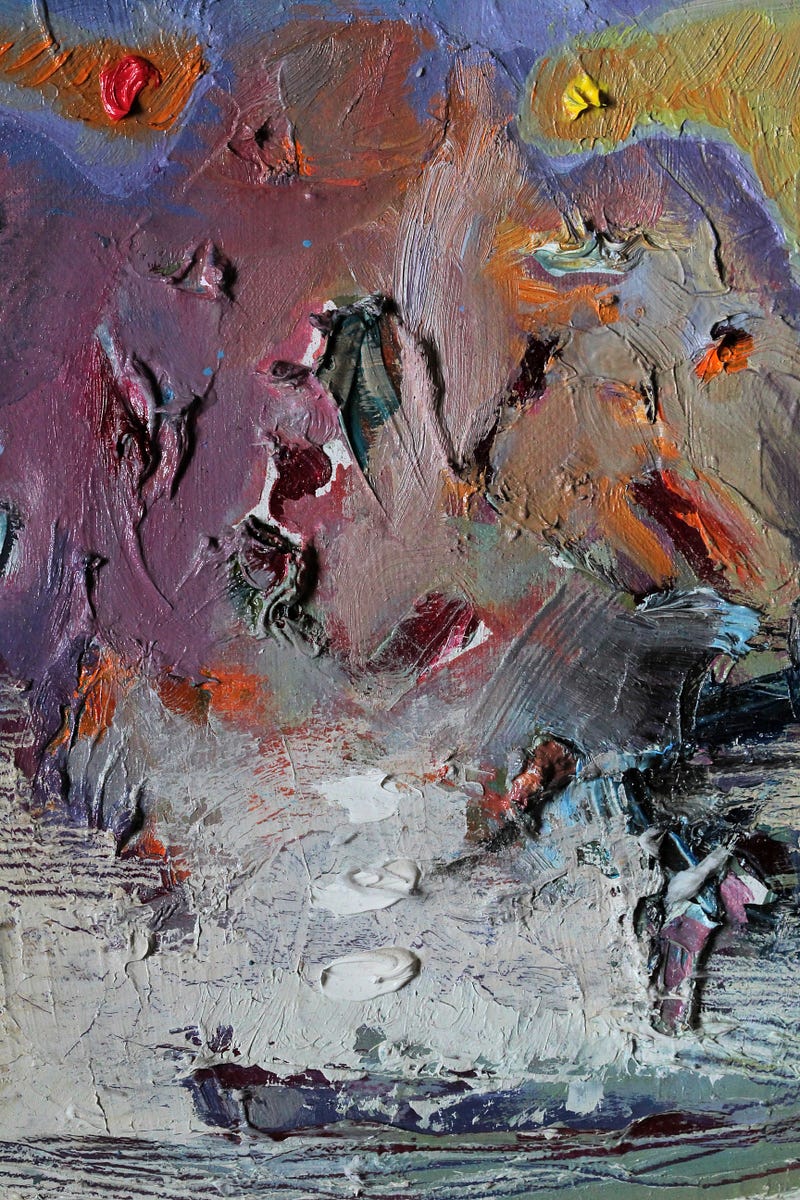## An A.I.-Generated Picture Won an Art Prize. Artists Aren’t Happy
In a striking development that has sparked significant debate within the art community, an A.I.-generated artwork won a prestigious prize at the Colorado State Fair, igniting discussions about the nature of artistry and the role of technology in creative expression. The piece, titled *Théâtre D’opéra Spatial*, created by game designer Jason Allen using the A.I. tool Midjourney, raised questions about authorship, creativity, and the future of art competitions.
### The Controversial Win
Jason Allen's victory in August 2022 marked a pivotal moment in the intersection of technology and art. His A.I.-assisted piece won first place in the digital arts category, but the announcement was met with outrage from many artists who felt that A.I. should not be allowed to compete on equal footing with human creators. Critics argued that using A.I. to generate artwork undermines traditional artistic practices and diminishes the value of human creativity.
Allen defended his win, stating that he was transparent about using Midjourney and had invested significant time—over 80 hours—refining his prompts and editing the final image. Despite his efforts, many artists likened his process to merely "pressing buttons" rather than engaging in genuine artistic creation.
### Reactions from the Art Community
The backlash against Allen's win was swift and vocal. Many artists expressed their dissatisfaction on social media, arguing that allowing A.I.-generated art in competitions is akin to permitting robots to participate in events like the Olympics. The sentiment echoed a broader concern about the implications of technology on artistic integrity and authorship.
Cal Duran, one of the judges for the competition, acknowledged that while he did not realize at the time that Allen's piece was generated by A.I., he stood by his decision to award it first place due to its aesthetic appeal. This endorsement from a judge added fuel to the fire, as it highlighted a disconnect between traditional artistic values and emerging technological practices.
### Rule Changes and Future Implications
In response to the controversy, officials at the Colorado State Fair revised their competition rules to require artists to disclose whether they used A.I. tools in their submissions. This change aims to create transparency in judging and address concerns raised by artists about fairness in competition. However, Allen criticized this new requirement as a "discriminatory mark" against A.I.-generated artworks.
The evolution of these rules reflects a broader trend within the art world as it grapples with the implications of rapidly advancing technologies. As more artists experiment with A.I., discussions around categorizing such works—potentially even creating separate categories for A.I.-generated art—are gaining traction.
### The Bigger Picture
The debate surrounding Allen's award-winning piece raises essential questions about creativity, authorship, and the definition of art itself. As technology continues to evolve, so too must our understanding of what constitutes artistic expression. The intersection of human creativity and artificial intelligence presents both challenges and opportunities for artists.
While some view A.I. as a tool that can enhance artistic practice, others see it as a threat to traditional methods and values. This ongoing discourse is crucial for shaping future policies within art competitions and institutions as they adapt to a changing landscape.
### Conclusion
The controversy surrounding *Théâtre D’opéra Spatial* serves as a microcosm of larger societal debates about technology's role in creativity. As artists navigate this new terrain, it is essential to foster conversations that honor both traditional practices and innovative approaches. The future of art may very well depend on our ability to reconcile these two worlds, ensuring that creativity continues to thrive in all its forms.
Citations:
[1] https://www.smithsonianmag.com/smart-news/this-state-fair-changed-its-rules-after-a-piece-made-with-ai-won-last-year-180982867/
[2] https://www.cnn.com/2022/09/03/tech/ai-art-fair-winner-controversy/index.html
[3] https://www.creativebloq.com/news/prize-winning-ai-art-copyright
[4] https://en.wikipedia.org/wiki/Flash_Art
[5] https://lampoonmagazine.com/article/2022/03/11/flash-art-culture-magazine-italy/
[6] https://www.lespressesdureel.com/EN/editeur.php?id=189
[7] https://www.theatlantic.com/culture/archive/2022/10/goop-wellness-culture-self-care-parenting/671699/
[8] https://www.ncbi.nlm.nih.gov/pmc/articles/PMC10499190/








